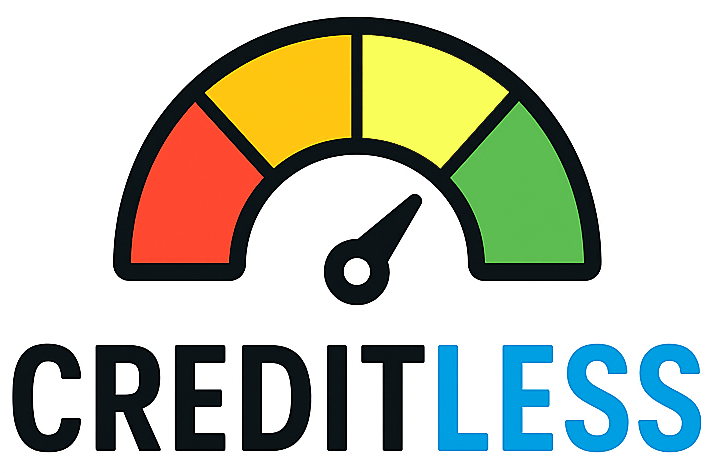Introduction — What to expect when you settle debt
Debt settlement can feel like relief when bills are overwhelming, but it has clear, measurable effects on your credit that last for years. This article explains how settled accounts are reported, realistic timelines for score recovery, and practical steps to rebuild credit — so you can decide whether settlement, a debt-management plan, or bankruptcy is the right path for your situation.
Key takeaway: a settled account is considered a negative event on credit reports and typically remains visible for up to seven years from the date of first delinquency (or from the settlement date when no prior delinquencies exist).
How settlements appear on credit reports and why that matters
When you settle a debt for less than the full balance, the creditor or debt collector will usually report the account as settled, settled for less than full, or a paid charge-off. Those notations signal to lenders that the debt was not paid as originally agreed, and all major scoring models treat them as negative information.
The seven‑year reporting clock usually starts at the original delinquency date — the first missed payment that led to the charge‑off — rather than the settlement date. That means if you stopped paying a card in January 2024 and settled it in October 2025, the negative entry will typically fall off around January 2031.
Another practical consequence: accounts you settle are frequently closed, so you lose that line of credit and its contribution to your available credit and account-age calculations. Closing or losing accounts can raise utilization and shorten average account age, which can further depress scores in the short to medium term.
Realistic timelines — when you may see recovery
There is no single timetable that fits everyone, but common milestones many consumers experience are:
- Immediate to 6 months: Your score usually drops as payments are missed, accounts are charged off, or collections are reported.
- 6–24 months: If you begin consistent, on‑time payments on remaining accounts and re-establish low utilization, you can often see measurable improvements during this window. Small steps (secured credit cards, on‑time utility reporting, or a modest installment loan) help accelerate recovery.
- 2–5 years: Continued positive behavior can restore your score to a solid, creditworthy range for many lenders; however, the settled notation still appears on the report.
- Around 7 years: The settled entry and related late payments usually drop off the report (counting from the original delinquency date), which often produces a further score boost if you’ve kept good habits.
In short: partial recovery often begins within a year or two with disciplined credit behavior, but the settled account remains a visible historical negative for up to seven years.
Practical steps, alternatives, and consumer protections
Before enrolling in settlement, consider these practical points:
- Compare alternatives: A certified credit counselor can sometimes arrange a debt management plan (DMP) that avoids settling for less and keeps payments current — often healthier for credit in the long run. In contrast, bankruptcy (Chapter 7 or 13) has different reporting periods and tradeoffs; Chapter 7 can remain on reports up to 10 years, while Chapter 13 typically remains seven years. Evaluate eligibility, costs, and life goals before choosing.
- Watch out for scams and illegal fees: Federal rules prohibit debt‑relief companies from charging certain upfront fees and require clear disclosures. The CFPB and FTC have taken enforcement actions against firms and processors that collect illegal advance fees or mislead consumers. Always verify the provider’s practices, and consider nonprofit credit counseling as an alternative.
- Negotiate smartly: If negotiating directly, try to get a written agreement that explains how the creditor will report the account after settlement (for example, some lenders may agree to a “paid as agreed” or “paid in full” entry, though that is uncommon). Never agree to pay until you have terms in writing.
- Rebuild proactively: Open one inexpensive, well-managed credit product (a secured card or a credit-builder loan), keep utilization low, and pay everything on time. Use rent and utility reporting where available to add positive items to your file.
Finally, document every settlement and check your credit reports regularly for accurate reporting; if a creditor reports differently than agreed, you can dispute the error with the bureaus.
Conclusion — weigh the tradeoffs with a plan
Debt settlement can reduce the total amount you owe and may be the best option if you can’t afford full payments and bankruptcy is not suitable. But it usually lowers your score in the near term, leaves a visible "settled" notation for up to seven years (from original delinquency), and can close accounts that once helped your credit mix and available credit. With disciplined rebuilding, meaningful improvement often begins within 6–24 months and continues over several years — but full recovery to pre‑settlement standing frequently requires time until negative items age off your reports.
If you’re considering settlement, get current copies of your credit reports, speak with a reputable nonprofit credit counselor or an attorney (for bankruptcy questions), and compare expected costs, timelines, and reporting outcomes before committing to any program.
